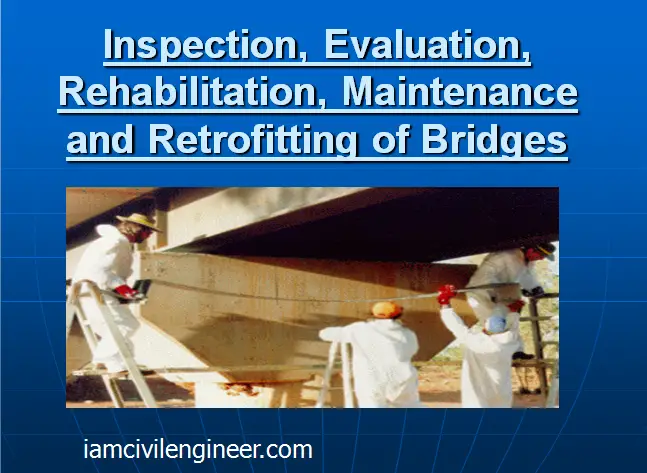Inspection, Evaluation, Rehabilitation, Maintenance and Retrofitting of Bridges
Summary of Presentation:
As bridges grow older, there rehabilitation and retrofitting becomes increasingly important. Deterioration of concrete, corrosion of steel, heavier life load, increase traffic density, poor resistance of fatigue, wind and seismic load, damage due to fire and collision, and normal wear due to aging or some of the reason for rehabilitating or retrofitting of a bridge. Experience with earth quake has indicated serious inadequacies in many bridges word wide in terms of their safety and integrity during earth quake (Priescley and Seilble, 1994). Most of these bridges were designed when the state of knowledge required for earth quake resistant design was still evolving. As a result, many bridges are now being retrofitted (or replaced) to endure seismic forces according to the new standard.
Presentation Title:
Inspection, Evaluation, Rehabilitation, Maintenance and Retrofitting of Bridges
Presentation Slides:
25
Contents:
Bridge Inspection
Most Common Bridges Built Type
What is a Substandard Bridge
Bridge Evaluation
Superstructure
Step-by-Step Procedure for the Rating Analysis of a Bridge
Bridge Posting
Bridge Rehabilitation
Difference between Rehabilitation & Repairs
Retrofitting
Rehabilitation of Bridges
Conclusion









Post Comment